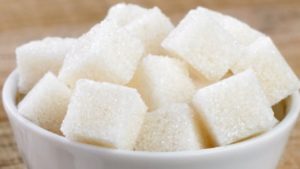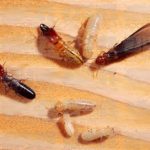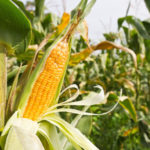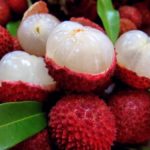25 interesting facts about sugar
 The use of sugar in food in large quantities can lead to the most serious consequences, but in moderate quantities, the body still needs it for normal life. Sugar is found in many fruits and vegetables, although, of course, people get the bulk of it along with a variety of sweets and desserts.
The use of sugar in food in large quantities can lead to the most serious consequences, but in moderate quantities, the body still needs it for normal life. Sugar is found in many fruits and vegetables, although, of course, people get the bulk of it along with a variety of sweets and desserts.
Its industrial production in the Russian Empire began in 1802, when the first Russian plant was built. It happened only a year after the opening of the world’s first sugar factory in modern Poland.
On average, about 110,000,000 tons of sugar is produced on Earth every year.
Sugar slows down food spoilage, as it, like salt, is a natural preservative.
Ripe bananas are sweeter than slightly unripe, because in the process of ripening the starch contained in them breaks down and turns into sugar.
In India and Brazil, many cars drive alcohol instead of gasoline. This alcohol is made from sugarcane and beets, and it is an environmentally friendly fuel.
Disposable sugar bags were invented by Benjamin Eisenstadt, the owner of a cafe in New York. But he did not manage to patent the invention, and soon everyone began to produce such bags.
In medieval Europe, sugar was a medicine, and it was sold in pharmacies.
Aspartame and saccharin, once popular sweeteners, were invented by chance. In fact, scientists were trying to develop a cure for ulcers.
Another sweetener, lugdunov, surpasses sugar in sweetness by about 300,000 times. A kilogram of this substance can make sweet water in the Olympic pool.
A couple of centuries ago, sugar was an expensive and inaccessible luxury. Only very wealthy people could afford it.
Astronomers have discovered glycolaldehyde, a type of sugar, in interstellar clusters of cosmic dust located many light years from Earth.
Sugar is not only eaten. It is used in the manufacture of tobacco products, plastics, in the pharmaceutical industry and in many others.
Of all the plants, dates are most rich in sugar. On average, it accounts for about 33% of their mass.
More sugar is produced from sugar cane in the world than from sugar beets.
The first annalistic mention of sugar dates back to the 4th century BC. Then the Greek historian Onesicritus, who accompanied Alexander the Great on his campaign in India, carefully documented this hitherto unknown product.
Cane sugar is more easily absorbed by the body than beet sugar.
Refined sugar, i.e. cubed sugar, was invented in the Czech Republic in the middle of the 19th century. He even put a monument there.
Brazil ranks first in the world in per capita sugar consumption.
In the 18th century, about a million slaves were exported from Africa to the islands of Jamaica and Barbados. He was prepared for the fate of workers on sugarcane plantations.
Abuse of sugar leads to an increase in insulin levels in the body, which, in turn, can cause diabetes or cancer.
Some studies indicate that the propensity for excessive consumption of sugar is inherited.
Sugarcane can grow up to 7-9 meters in height.
The average level of sugar consumption in the world is slowly but surely growing, as it is part of many products.
After entering the body, sugar is broken down into glucose and fructose, so its energy value is very high. The human body receives about half of all energy precisely due to glucose.
The average person eats about 40 kg of sugar per year, including the one found in desserts, snacks and other foods.



























